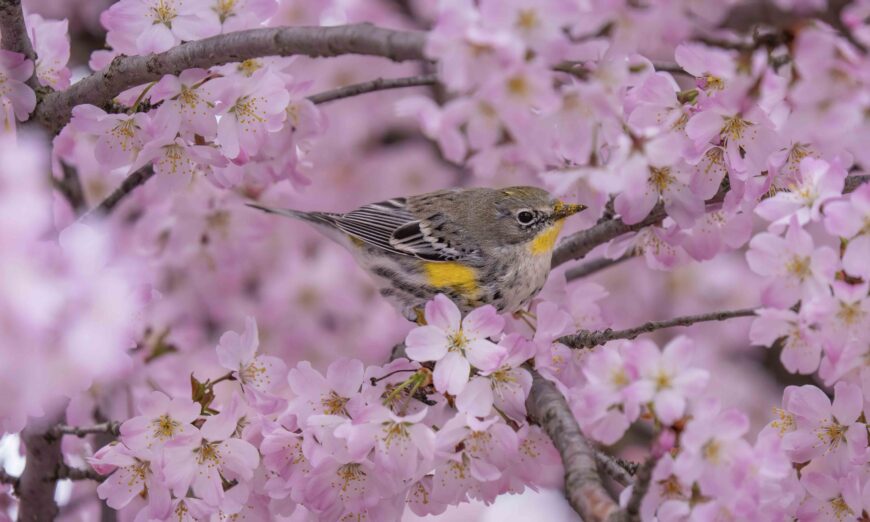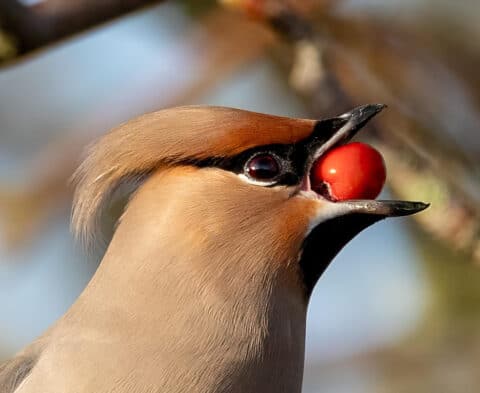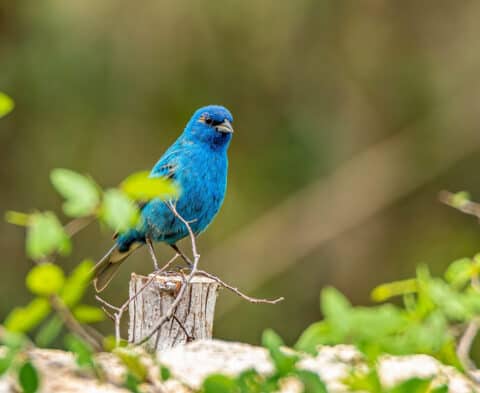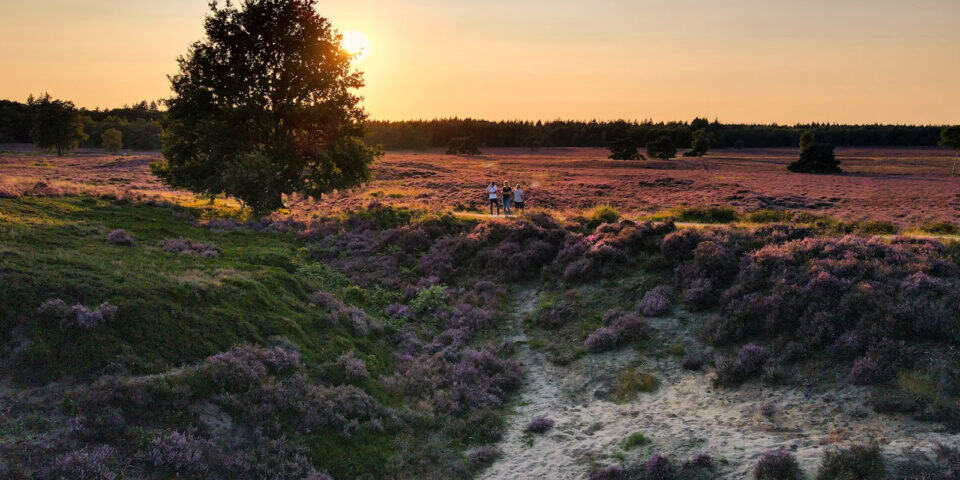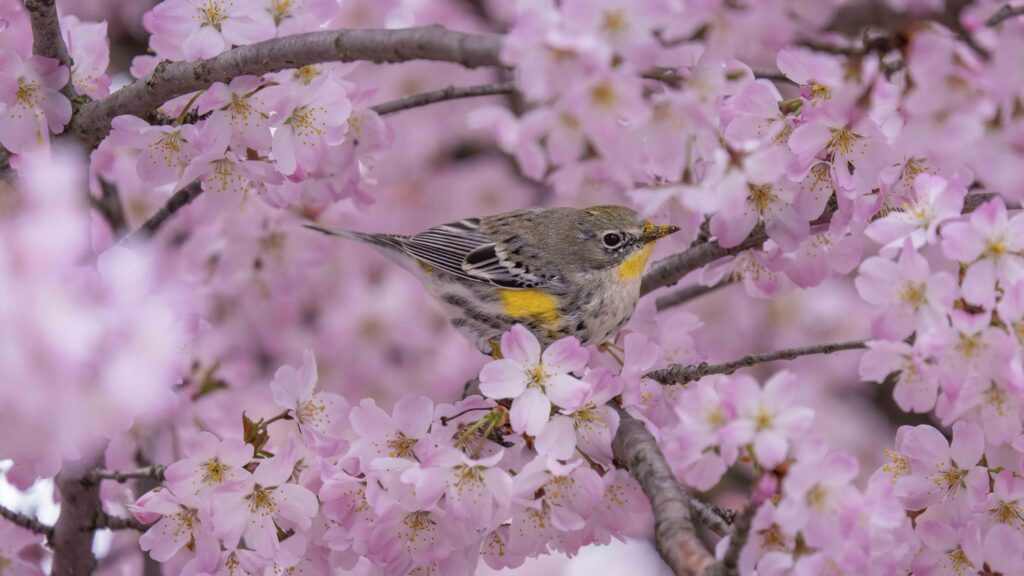
By Jared VanderMeer – Sony Alpha Universe Photography
YouTube: @Jared VanderMeer
Instagram: @Jared_VanderMeer
TikTok: @Jared.VanderMeer
Website: jaredvandermeer.com/
Camera: Sony A7R V
Lens: Sony 200-600mm G OSS lens
As a wildlife photographer, my work is all about storytelling — not just through single images, but by building visual narratives that capture the essence of the wild. Whether it’s a behavioural moment between two birds or the quiet intensity of a coastal black bear feeding at low tide, my goal is to present the full story. This means capturing multiple angles, documenting behaviours, and freezing action as it unfolds in real time.
To do this consistently, I rely heavily on equipment that delivers three essential qualities: resolution, reach, and speed.
For this latest project on Vancouver Island, I put the Sony A7R V to the test, paired with the Sony 200-600mm G OSS lens. Together, they formed a professional, field-ready combination that helped me create images meeting not only technical standards but also emotional impact.
Resolution: The Power of 61 Megapixels
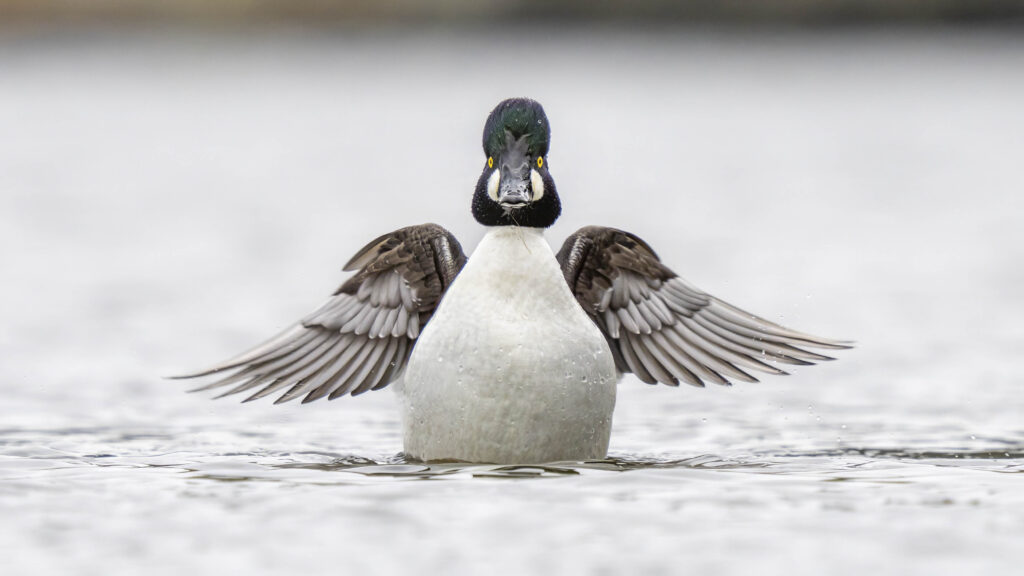
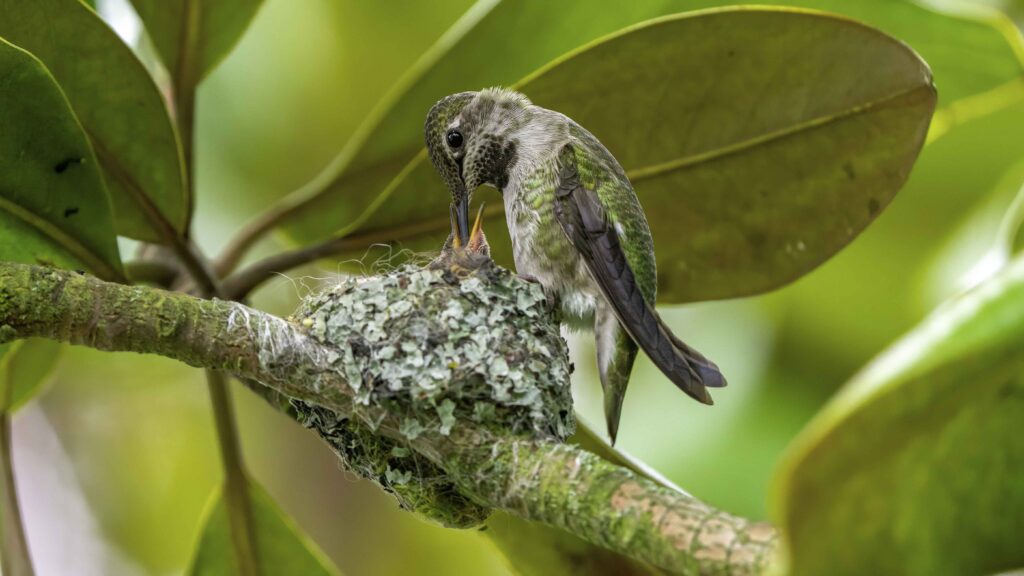
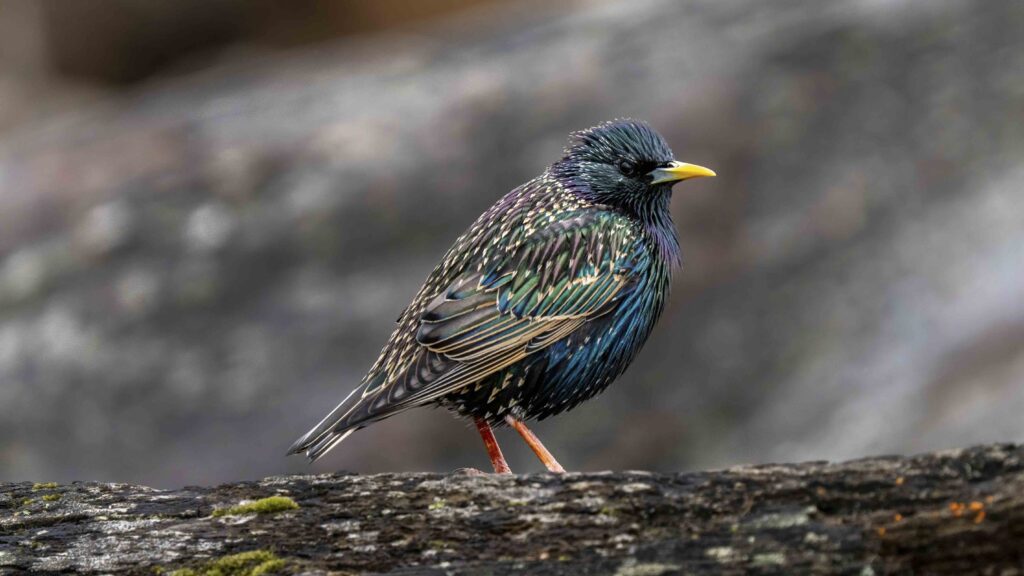
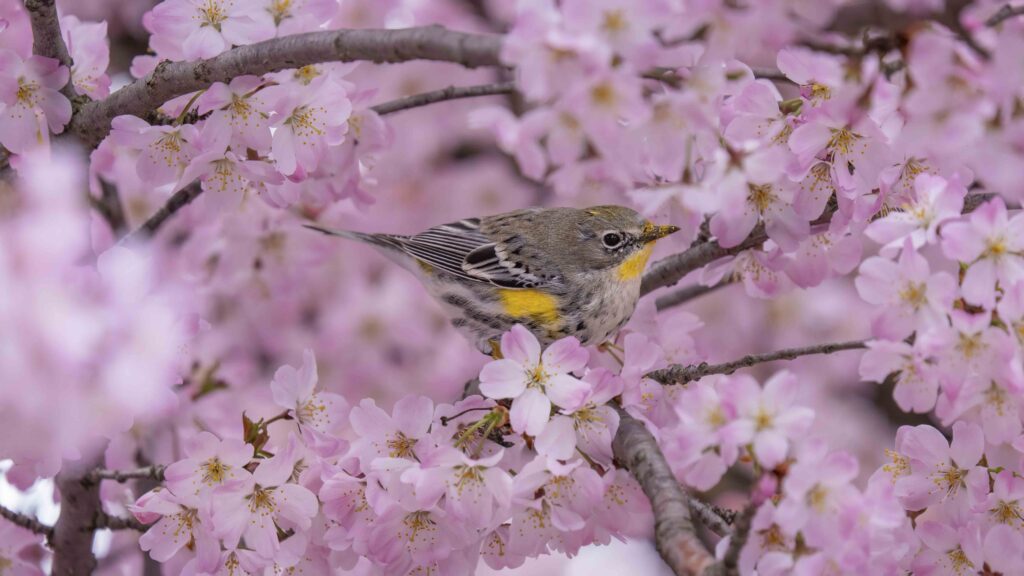
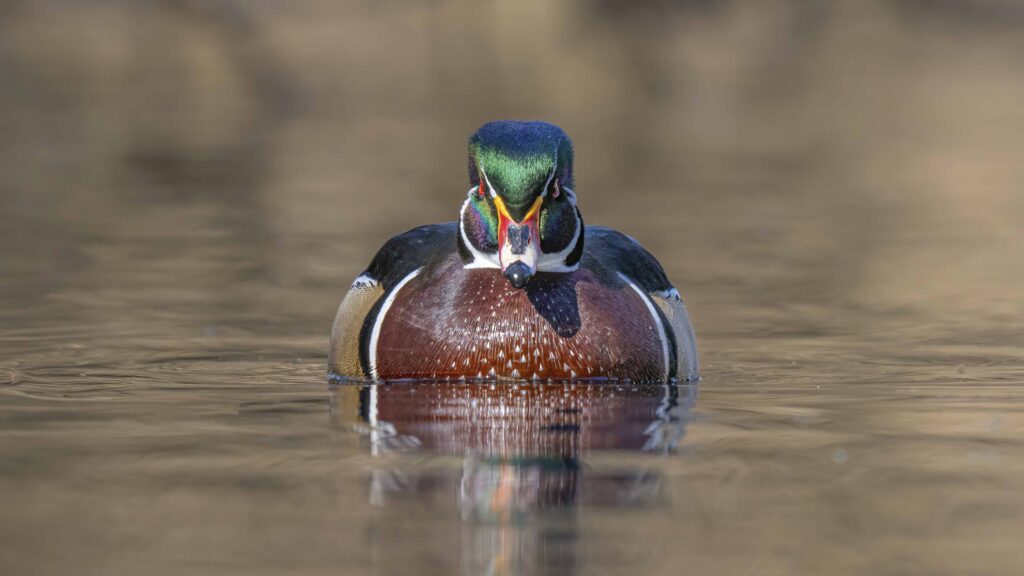
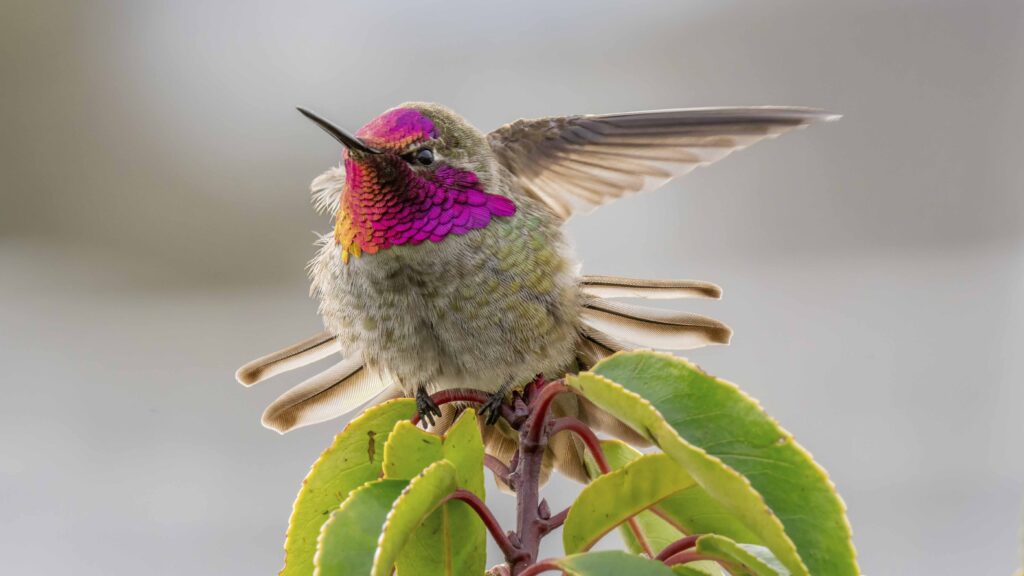
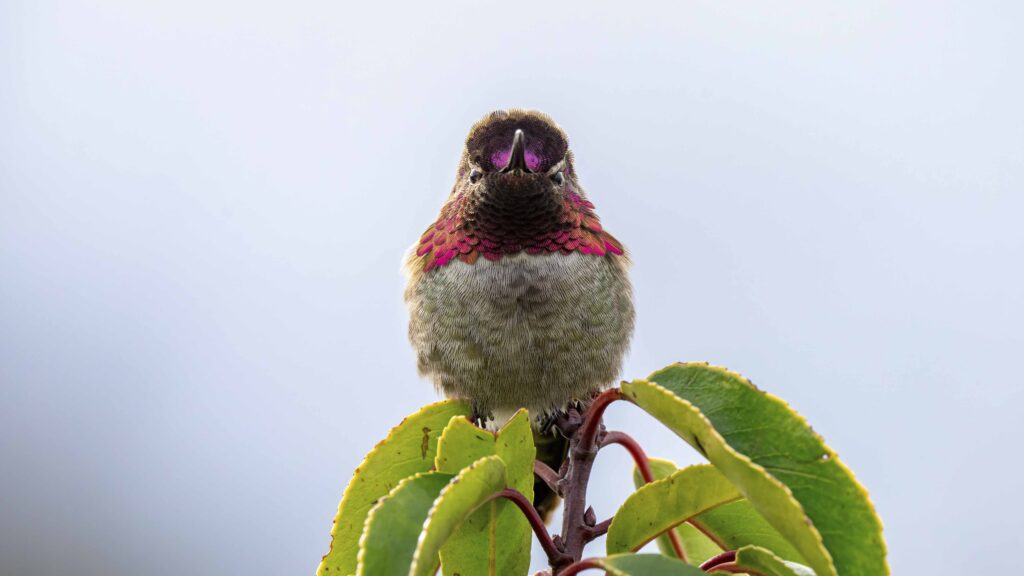
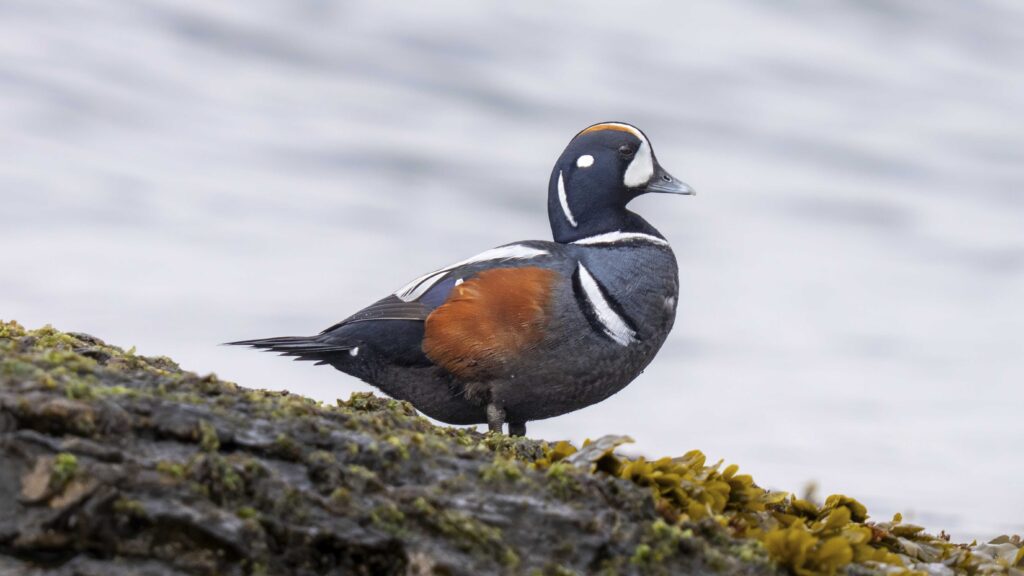
The A7R V’s 61MP full-frame back-illuminated sensor is arguably its standout feature. For wildlife photography — and bird photography in particular — this resolution opens creative doors that few cameras can match. Birds are elusive and fast-moving, and getting physically close is often not an option due to a combination of terrain, bird behaviour, and ethical wildlife boundaries. With 61 megapixels, I found I could comfortably crop into my bird images without sacrificing detail or print quality. I always want feather detail! Tiny feather structures, subtle textures in fur, and intricate environmental elements all hold their integrity even after significant crops.
This is invaluable when you’re working in unpredictable conditions. Many of my favourite images from this project came from moments when the wildlife was further away than I’d prefer — but thanks to the A7R V’s resolving power, I was still able to create the images I envisioned. While this level of resolution is a major advantage for high-end printing, I also think it simply helps to never miss an opportunity to photograph wildlife, especially in those rare and fleeting moments.
Reach: Getting Close Without Disturbing the Wild
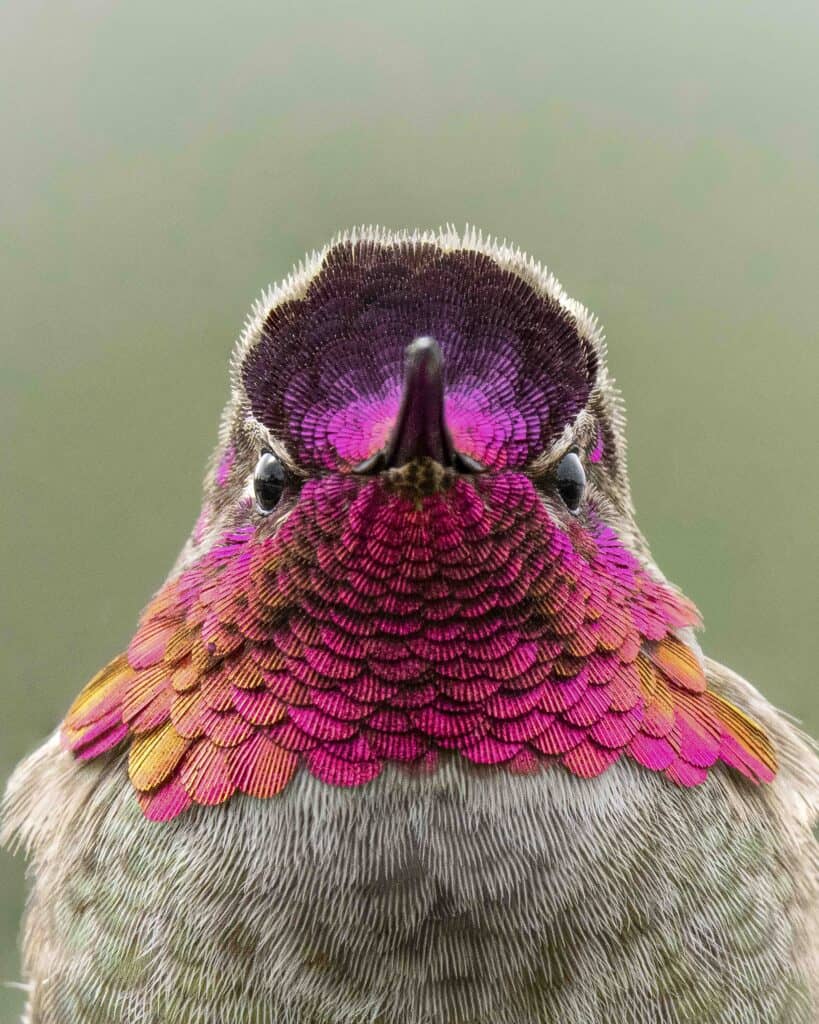
The Sony 200-600mm G OSS lens perfectly complements the high-resolution body. I’ve always used this lens in my everyday wildlife photography setup. Offering a versatile focal range of 200mm to 600mm, it provides the reach needed to photograph fast-moving subjects — like birds. I particularly appreciate having this flexibility over a fixed focal length, especially with smaller birds that move quickly, flying closer or further away in an instant. Again, I never want to miss the opportunity to capture the moment, even as the bird moves within the 200-400mm range.
The lens’s built-in Optical SteadyShot (OSS) is a major asset in the field. Combined with the A7R V’s impressive 8-stop in-body image stabilization (IBIS), I was able to shoot handheld without issue. This is my preferred style, as it allows me to stay mobile and reactive to changing conditions. Whether I was tracking birds in flight or quickly shifting positions to follow shoreline wildlife, the stabilization system kept my images sharp and my workflow fluid.
Speed: No Compromises, Even at High Resolution
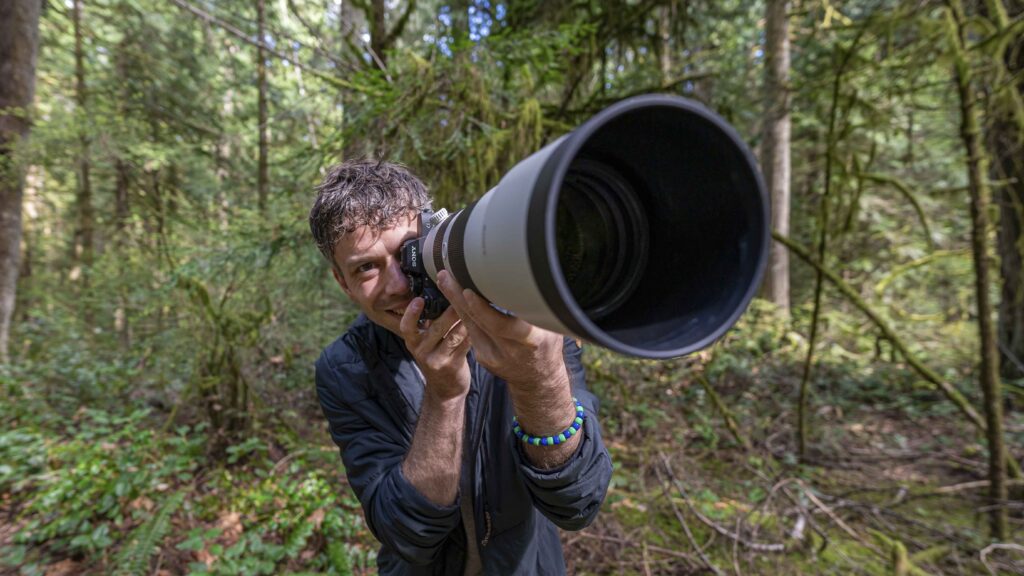
One of the standout improvements with the A7R V is its advanced AI-based autofocus system. The camera uses deep learning to recognize and track subjects with astonishing accuracy, from birds in complex environments to mammals weaving through foliage. Combined with up to 10 frames per second continuous shooting, I found myself confidently capturing split-second action, knowing the focus would stay locked exactly where I needed it.
But is this enough speed? Yes and no.
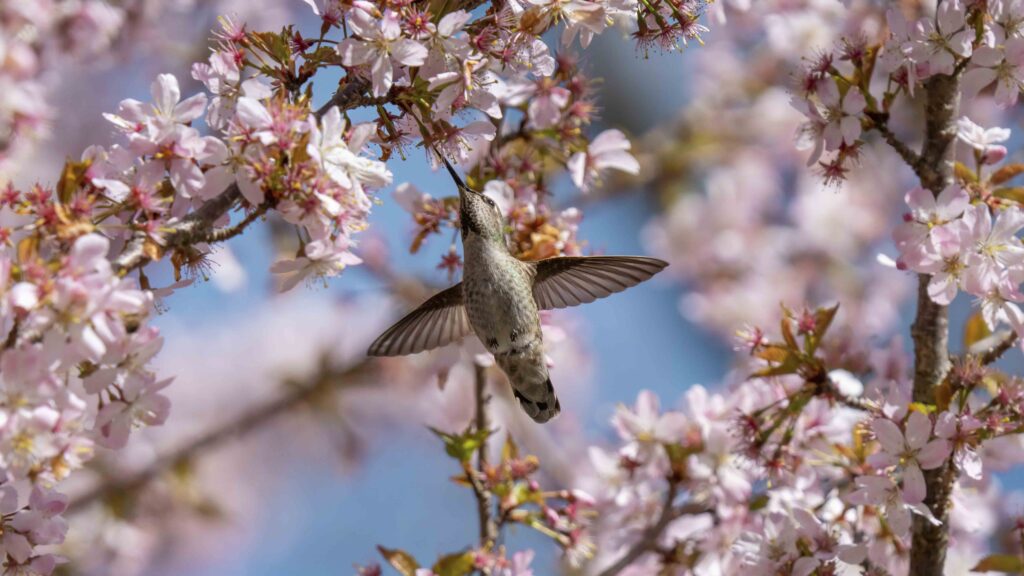
10 FPS is enough for 90% of my wildlife encounters. In fact, I would argue that most of my favourite shots over the years have been taken at this speed. It’s only in very specific scenarios that I find myself wishing for a faster frame rate — for example, small birds in flight, animal feeding behaviour, birds diving into the water, and those unpredictable action moments. In these cases, a higher FPS could make the difference in capturing every nuance. That said, the A7R V still performs exceptionally well in these fast-paced situations — you might just miss a couple of frames in between.
Pairing the A7R V with a Sony CFExpress Type A memory card virtually eliminated concerns about write speeds and buffer clearing. Even when shooting at full resolution in high-speed bursts, I experienced smooth, uninterrupted performance. This combination of high resolution and reliable speed felt like having the best of both worlds in one system.
An added bonus is the A7R V’s ability to record up to 8K at 24fps. While my primary focus remains still photography, having this level of video capability in the same camera body offers incredible versatility. It’s particularly useful for creating short cinematic clips to accompany photo stories or social media content, providing an immersive experience that complements the still images beautifully.
Ideal Use Cases: Where This Setup Excels
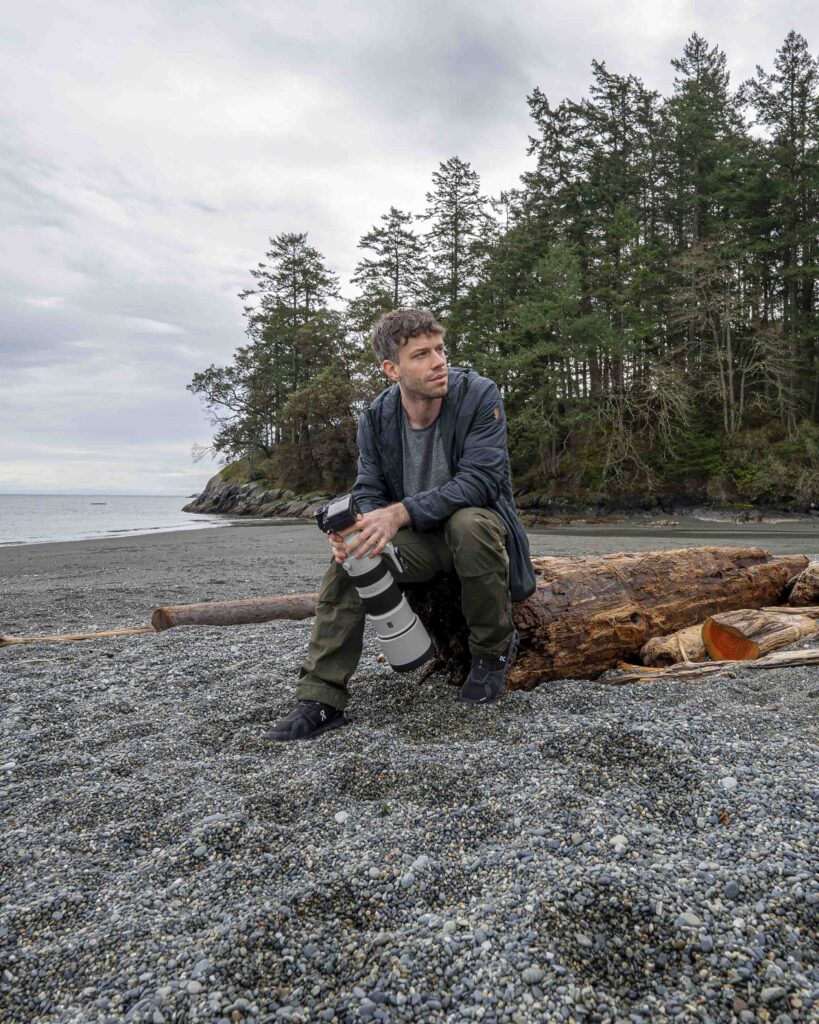
In the field, this combination of camera and lens truly shines in specific wildlife scenarios:
- Bird photography, where the subjects are distant and detailed feather resolution is crucial. The ability to crop tightly while maintaining sharpness is a massive advantage.
- Rare wildlife encounters, where you have a brief window of opportunity and every shot counts. While other camera systems might offer even higher FPS, the A7R V provides the confidence that, when you do hit the shutter, you’re capturing files with exceptional clarity and flexibility.
- High-end printing and fine art projects, where resolution is king, and every detail needs to hold up under scrutiny at large sizes.
- The everyday serious wildlife photographer, where you may not be focused solely on fast action but instead on building a well-rounded portfolio of portraits, environmental shots, and behavioural moments.
Final Thoughts
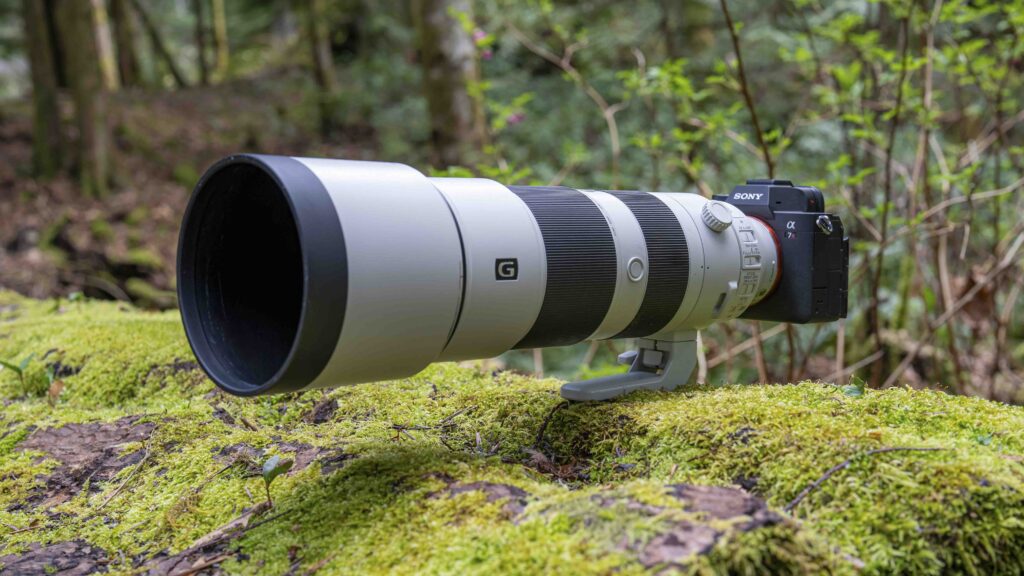
Simply put, the Sony A7R V and 200-600mm G OSS lens form a powerhouse setup for serious wildlife photographers. It’s a system built for those who demand the highest image quality from their time in the field — for those chasing not just images, but stories, moments, and the fine details that bring the wild to life. If your goal is to maximize your time in nature, capture the rarest encounters, and produce images ready for both print and screen at the highest level, this setup is hard to beat.
